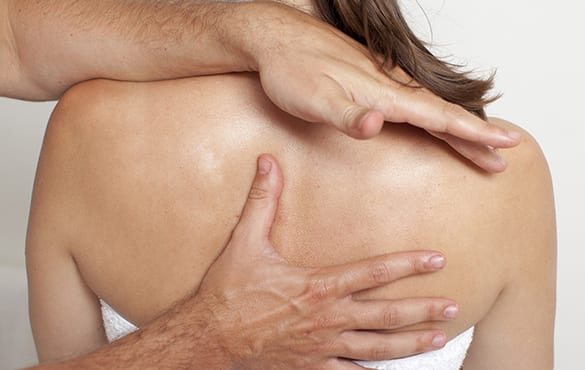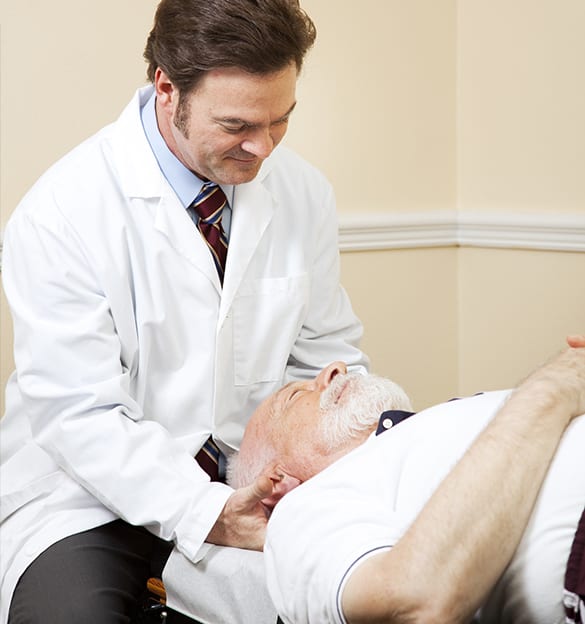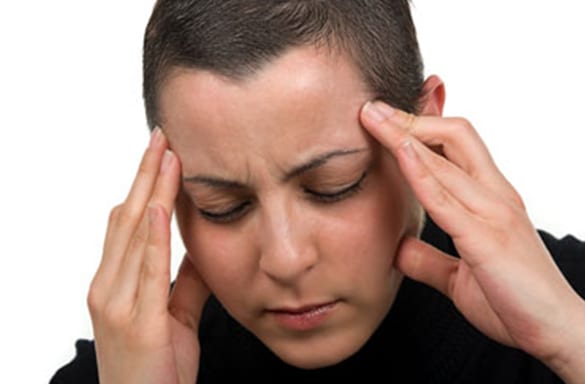
Let LA Orthopedic Group help you return to your regular tasks with no discomfort through Pain Management.
Pain management refers to any attempts made to ease, control, or eliminate a patient’s pain. Efforts to achieve this goal can range from the use of over-the-counter medications to surgery, although a goal of pain management for some patients may be to avoid surgery. Any type of pain management will be based on:
- An evaluation of your overall health
- Establishment of your pain management goals
- An accurate diagnosis of the source of your pain
CONTACT US TODAY
Diagnosis and Initial Treatment
Determining a source of pain is the first step in pain management. It’s a process that typically includes a thorough physical examination, a review of a patient’s medical history, and imaging tests that often include X-rays to view bones and MRI and CT scans to view soft tissues with greater detail. Diagnosis may also involve nerve conduction studies, bone density testing if bone loss is suspected, or an arthrography to determine a source of undetermined joint pain. Initial treatment efforts typically include:
- Rest, ice, compression, and elevation (RICE method)
- Medications that may include prescription pain medications, anti-inflammatory (NSAIDs) medications, muscle relaxations, and antidepressants
- Application of heat to increase circulation and promote tissue healing
- Modification of activities
- Avoidance of pain triggers
Rehabilitation
A big part of pain management involves rehabilitation. The primary purpose of rehab is to help a patient get back to their prior level of function. With sports-related injuries, for instance, the goal is usually to restore the strength of bones and joints so a patient can get back to their previous activities and performance level. Rehab can also be occupation-based, with the goal being to be able to safely perform work-related tasks again.


Passive Physical Therapy
Physical therapy is a highly adaptable form of pain management since specific recommendations will be based on specific abilities and goals. Physical therapists often coordinate treatment efforts with a patient’s other doctors. PT that’s purely therapeutic in nature is referred to as passive physical therapy.
Passive PT involves modalities (techniques) that do not require the patient to actively participate, although the techniques may still relieve pain and improve overall functioning. In addition to hot and cold therapy, types of passive PT include:
- Injections directly into the affected area such epidural injections, facet joint injections, and nerve blocks
- Transcutaneous electrical nerve stimulator (TENS)
- Ultrasound
- Iontophoresis (steroids delivered through the skin)
Active Physical Therapy
Physical therapy that’s active in nature involves modalities where the patient participates. Active PT typically involves some type of customized exercise routine, with the goal often being to restore muscle strength, joint functions, and the ability to perform daily movements without distracting or debilitating pain. Common forms of active PT include:
- Stretching to restore or maintain normal range of motion
- Dynamic stabilization exercises to strengthen secondary muscles
- Core strengthening exercises
- Low-impact aerobic activities like walking
- Water-based exercises to minimize joint stress
Unless there is pressing medical urgency or other treatment attempts have failed, surgery is usually a last resort when it comes to pain management. In addition to the techniques and methods mentioned here, some patients benefit from non-traditional forms of pain management such as acupuncture, chiropractic manipulations, aromatherapy, biofeedback, mindful meditation, and relaxation therapy.




